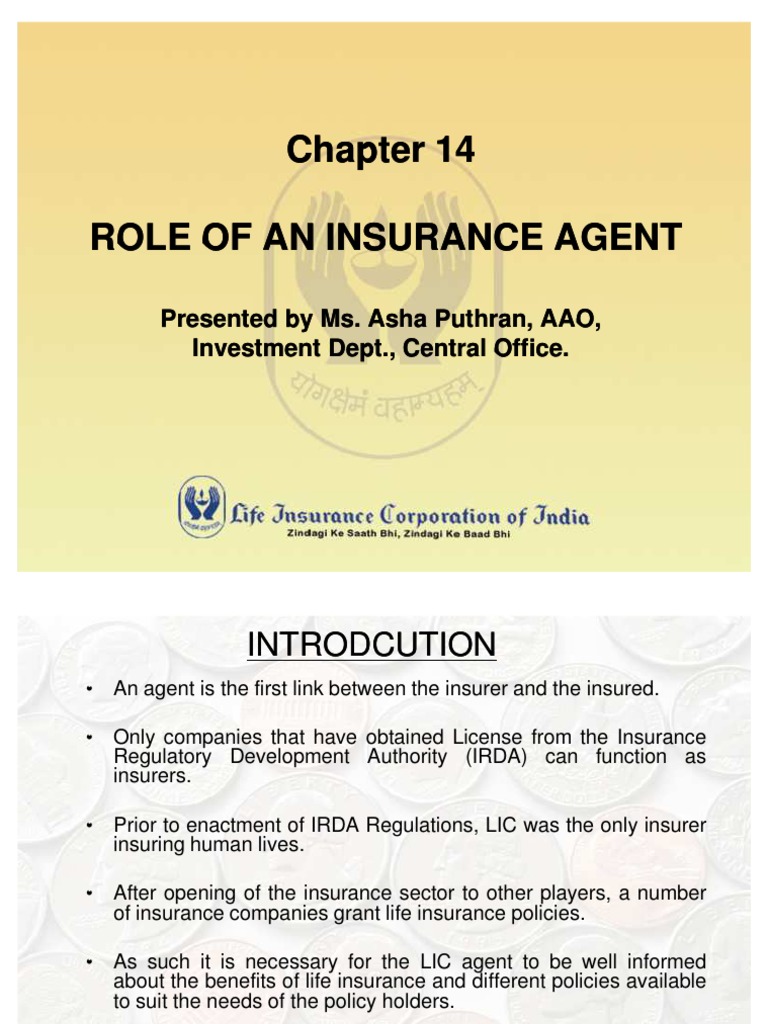The Ultimate Guide To Pacific Prime
The Ultimate Guide To Pacific Prime
Blog Article
Our Pacific Prime Statements
Table of ContentsWhat Does Pacific Prime Do?Pacific Prime - TruthsThe Best Guide To Pacific PrimeSome Known Incorrect Statements About Pacific Prime Excitement About Pacific Prime

This is because the information were collected for a period of solid economic efficiency. Of the estimated 42 million individuals who were uninsured, almost about 420,000 (concerning 1 percent) were under 65 years old, the age at which most Americans become eligible for Medicare; 32 million were grownups between ages 18 and 65, around 19 percent of all grownups in this age; and 10 million were kids under 18 years of age, regarding 13.9 percent of all children (Mills, 2000).
These quotes of the number of individuals without insurance are generated from the annual March Supplement to the Existing Population Survey (CPS), performed by the Census Bureau. Unless otherwise kept in mind, nationwide price quotes of individuals without health insurance coverage and percentages of the populace with various sort of insurance coverage are based on the CPS, the most commonly made use of resource of price quotes of insurance policy coverage and uninsurance prices.
Some Ideas on Pacific Prime You Should Know

Still, the CPS is particularly valuable due to the fact that it generates annual price quotes relatively swiftly, reporting the previous year's insurance policy coverage estimates each September, and since it is the basis for a constant set of quotes for more than twenty years, permitting analysis of fads in coverage in time. For these factors, in addition to the substantial usage of the CPS in various other research studies of insurance policy protection that are offered in this report, we rely upon CPS estimates, with restrictions kept in mind.

The estimate of the number of uninsured people increases when a population's insurance policy status is tracked for numerous years. Over a three-year period beginning early in 1993, 72 million individuals, 29 percent of the united state populace, lacked protection for a minimum of one month. Within a single year (1994 ), 53 million people experienced at least a month without coverage (Bennefield, 1998a)
6 out of every 10 without insurance grownups are themselves used. Working does boost the possibility that one and one's family participants will certainly have insurance policy, it is not a guarantee. Even members of families with 2 full time breadwinner have almost a one-in-ten chance of being uninsured (9.1 percent without insurance rate) (Hoffman and Pohl, 2000).
The Pacific Prime Diaries
New immigrants account for a considerable percentage of individuals without medical insurance. One analysis has associated a significant part of the current development in the size of visit this site the U.S. uninsured population to immigrants who showed up in the nation in between 1994 and 1998 (Camarota and Edwards, 2000). Current immigrants (those that came to the United States within the past four years) do have a high rate of being uninsured (46 percent), yet they and their kids represent simply 6 percent of those without insurance policy nationally (Holahan et al., 2001).
The relationship between medical insurance and accessibility to care is well developed, as recorded later in this chapter. Although the partnership in between wellness insurance and health outcomes is neither direct nor simple, a considerable professional and wellness solutions research study literature links medical insurance protection to better accessibility to care, much better high quality, and improved personal and population wellness standing.
Degrees of evaluation for checking out the impacts of uninsurance. This discussion of wellness insurance coverage focuses mostly on the U.S. populace under age 65 due to the fact that virtually all Americans 65 and older have Medicare or other public coverage. Additionally, it focuses especially on those without any kind of health insurance for any size of time.
The smart Trick of Pacific Prime That Nobody is Talking About
The problems dealt with by the underinsured are in some aspects similar to those dealt with by the without insurance, although they are typically much less severe. Health insurance, nonetheless, is neither required nor enough to get access to medical services. The independent and straight impact of wellness insurance policy protection on accessibility to health solutions is well developed.
Others will certainly acquire the healthcare they need also without health and wellness insurance policy, by paying for it expense or seeking it from service providers who provide treatment complimentary or at very subsidized prices. For still others, medical insurance alone does not ensure invoice of care because of other nonfinancial barriers, such as a lack of health treatment providers in their community, restricted access to transportation, illiteracy, or etymological and cultural differences.
The Of Pacific Prime
Formal research regarding uninsured populaces in the USA dates to the late 1920s and very early 1930s when the Board on the Cost of Medical Care produced a series of reports regarding funding medical professional workplace check outs and hospitalizations. This problem came to be salient as the numbers of medically indigent climbed during the Great Anxiety.
Report this page